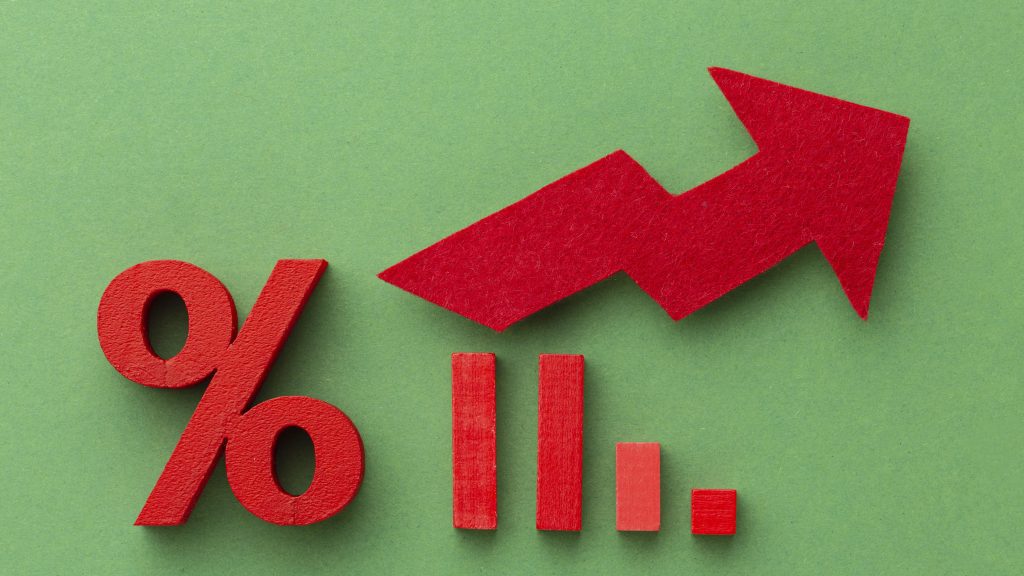The prime rate has been sitting at 3.25% since March 2020. The rate is a historic low, illustrated at a site maintained by JPMC. It is far from the record levels reported in 1984 when the prime interest rate hit 13%.
Expect the bubble to burst in the next few weeks. It won’t be that the Federal Reserve will set the prime rate. What happens is that the Federal Open Market Committee manages the federal funds rate. Individual banks set the prime rate based on a spread against the federal funds rate. The Federal Funds Rate is “the interest rate depository institutions charge each other for overnight loan of funds.” Here is a detailed explanation and history dating back to 1955 at the St. Louis Fed site.
The good news is that delinquencies are very low; with 1.57% charge-offs, the U.S. market has never looked better. So there is room for erosion rather than an instant storm. However, the confluence of rising interest rates and surging inflation may take a toll in late 2022 or early 2023.
Although interest rate increases are intended to slow down inflation, the consumer at the front line, or perhaps the consumer at the gas pump or checkout counter, will undoubtedly feel the pain as prices climb 8% and salaries grow at 4% (at best). If you are Joe Average (or certainly Jane Average), that means your median household income of $69,560 has at least a 4% reduction in net income.
Now toss around the fact that $1 trillion in household credit card debt will start carrying more interest, and the issue is easy to see. With the Personal Savings Rate falling back to pre-COVID lows, savers will likely save less to offset the gap. If they were not the type to squirrel away funds for a rainy day, they would have to either reduce spending or revolve more credit. And there, the cycle begins. Start revolving more debt at higher rates, and it will not take long to have a risky credit portfolio.
Where will interest rates land? Expect “nine quarter-percentage-point rate increases at every policy-setting meeting until March 2023,” says JPMorgan in a Fox Business story. In this case, that means a potential 2.25% bump on the current 3.25% rate, landing at 5.5%, if you follow the Fed’s FOMC meeting schedule. So if things work as designed, inflation rates will taper, but if they don’t, expect middle America to feel the pain.
Bank of America seems a little less concerned, as CBS reported in a conversation with the CEO. In answering the question, “Could inflation be behind the higher consumer spending?” The response was: “Consumers have a lot more money in their accounts than before the pandemic, helped by the stimulus. Certainly, consumers are still struggling due to inflation. Also, in our data, the number of transactions is up almost 10%. That’s very strong. Nobody spends three times the rate they were because of inflation.”
Instead, I’d say hang on to your hat. Rough waters are ahead!
Overview by Brian Riley, Director, Credit Advisory Service at Mercator Advisory Group
